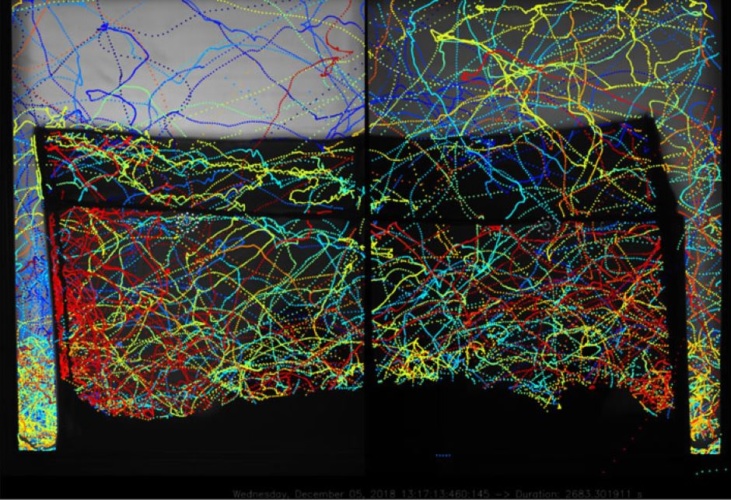Attempts to eradicate malaria could be assisted with off-axis parabolic mirrors that accurately track and analyse mosquito flight behaviour in 3D.

To this end, Surrey headquartered Optical Surfaces Ltd will supply its optics to the Optical Engineering Group at Warwick University’s School of Engineering, which is studying the flight patterns of mosquitos in an EPSRC-funded research project.
Engineers apply imaging technology to help in the fight against malaria
Fast and affordable field test could help fight against malaria
The project will utilise large field-of-view digital holography for accurate 3D tracking of mosquito flight in an elongated flight chamber. Using this video-tracking methodology, researchers will look to quantify the effects on mosquito behaviour of a range of chemicals or devices proposed to eliminate them.
In a statement, Professor David Towers, head of the Optical Engineering Group at Warwick University’s School of Engineering said: “By capturing the diffraction pattern of mosquitoes in a telecentric volume, we can mathematically refocus the scene to obtain their z-axis positions, and therefore record a time-series of accurate 3D coordinates for tracking and analysing their flight behaviour.
“To facilitate this optical set-up, we required large aperture off-axis parabolic mirrors to provide the wide collimated beam required to examine a large field of view in an optical set-up that resembles a z-type Schlieren interferometer.”
“We are very pleased to be involved in part of this important project to speed the development of new vector control products in the fight against malaria,” added Dr Aris Kouris, sales director at Optical Surfaces Ltd. “We advised the Optical Engineering Group that they required an off-axis parabolic profile as it generates a collimated beam without obstruction of the optical path. The critical performance parameters for this application are the off-axis optical design, wide aperture and a good surface finish [< lambda/6] in order to produce a uniform phase-profile in the collimated beam. We look forward to seeing the results of this interesting research project.”
The post Off-axis parabolic mirrors to help track mosquito flight in 3D appeared first on The Engineer.


